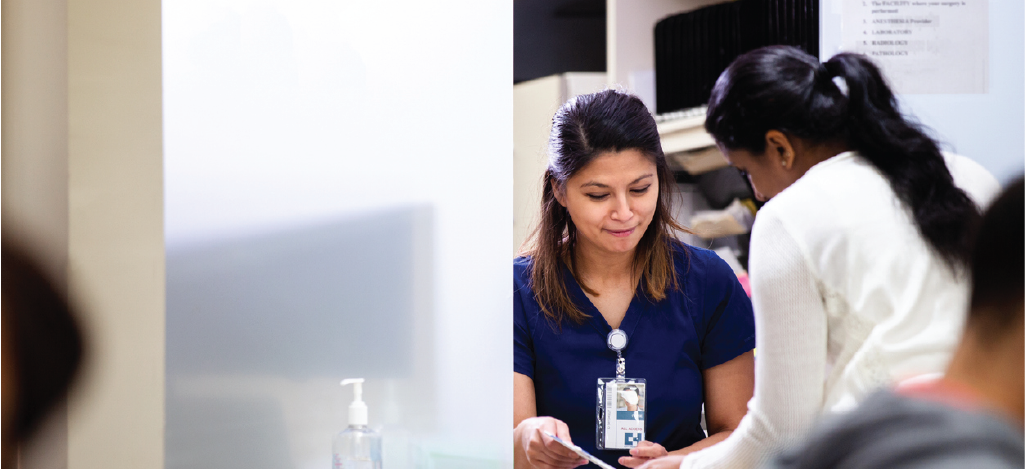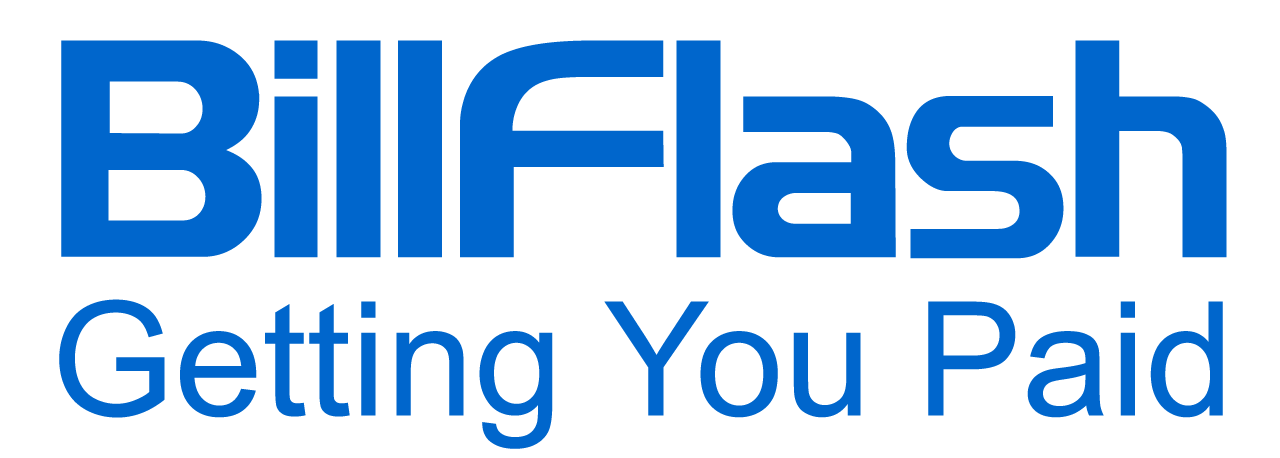Many billing procedures in healthcare facilities remain far behind. Here, we discuss what patient-centric billing is and how to get started.
It has been over twenty years since the National Academy of Medicine (previously known as the Institute of Medicine) first published its list of six domains, or aims, for quality care. Still, the framework continues to equip physicians, medical practices, and health systems with a roadmap for providing excellent care. Among these six quality measures is the concept of patient centricity—a principle that continues to be given significant attention today. Lately, there has been a growing emphasis on adapting healthcare practices that are more in line with a patient-centric approach. This illustrates a resurgence of effort to make patients more of a priority in healthcare delivery. With a more patient-centric approach, patients will have a greater say in their care. Healthcare providers can also take this as an opportunity to offer patient-centric billing.
As our healthcare system continues to make the transition from a fee-for-service model to value-based care, more healthcare practices are striving to implement high-quality, value-based care approaches successfully. Unfortunately, many billing procedures in healthcare facilities remain far behind. For those practices still operating on traditional models, there are more opportunities for medical billing errors. For many small practices, the patient billing process is still a work in progress—from billing/coding regulations and claims corrections to ensuring bills arrive on time.
Small practices that take a patient-centric billing approach can improve patient satisfaction and generate better outcomes. In fact, this is essential because they typically face unique challenges when implementing new processes and technologies.
By putting patients' preferences and needs first, small practices can create a more efficient and satisfying patient-centric billing experience.
Understanding the Patient's Perspective

Navigating medical bills can be overwhelming and intimidating for many patients. It's important for healthcare providers to recognize that their patients' satisfaction relies on how they view the patient billing process, from start to finish. In fact, billing experiences can impact patient satisfaction and loyalty. This makes it crucial to identify the key expectations and preferences of patients regarding billing processes.
Financial Worries
From co-pays to deductibles, navigating payment systems may be overwhelming for many patients. In fact, this could lead them to feel stressed or frustrated. Understanding what makes patients anxious about medical bills is only one of the keys to your efforts to unlock a more patient-centric billing approach.
Healthcare providers in small practices should ask questions like:
- What do our patients worry about?
- What steps can we take to understand and address those worries?
- How can we adapt our approach based on patient expectations?
- How will our patients' expectations influence our approach?
Asking and answering these questions will also help healthcare providers understand patients' wants and needs regarding their finances. This allows small practices to create an environment where patients feel comfortable because they have all the information they need. From explaining accepted payment methods or available payment plans, ensuring every step of the journey is clear will go miles towards creating positive impressions among patients.
Billing Satisfaction
By assessing billing experiences, you can start to uncover how those different experiences affect satisfaction and loyalty. By taking a closer look at both sides of this dynamic relationship, healthcare providers in small practices can better understand what motivates or demotivates patients in different situations.
- Explore how medical billing affects patient satisfaction and loyalty to help uncover the nuances of the patient experience.
- Analyze what aspects of billing impacts patient satisfaction.
- Examine attitudes toward payments, costs vs. benefits analyses, and patient service to get a deeper look into how patients rate their billing experiences.
Examining patient behaviors concerning billing can also give small practices insight into how patients can be better served with regard to their financial obligations. Ultimately, understanding the effects of these interactions is key to optimizing long-term patient relationships.
Patient Preferences
Identifying patients' preferences and expectations regarding billing processes is also crucial for healthcare practices. By focusing on these key elements, healthcare providers can ensure that their billing system meets the needs of their patients as it relates to accuracy and timeliness.
Patients have certain expectations when it comes to billing, including:
- Easy-to-understand bills
- Clear payment options
- Quick responses from patient service representatives
- Accurate invoices that are sent out after services have been rendered
Healthcare providers should strive to understand any potential preferences that patients may have in order to create a more patient-centric billing approach. This includes:
- Preferred methods of communication
- Preferred payment types
- Payment plans
It is important to understand what patients want from a billing system to provide them with an efficient experience.
Clear and Transparent Communication

The importance of being open and honest about billing practices cannot be overstated. It is important that all patients understand exactly what they are being billed for, as well as any other potential financial obligations. Transparency should also extend beyond just finances.
Here are some key strategies to ensure your practice always has clear and transparent communication surrounding patient billing:
Provide Itemized Bills and Statements That are Easy to Understand
Creating a system where bills are itemized can help reduce confusion when it comes time for payment. By clearly outlining each service provided and its cost, patients are better able to comprehend their total balance due with no surprises down the line. In addition, having an easily accessible statement summary page can help streamline understanding by providing an overview of charges without having to review multiple documents individually.
Explain Payment Expectations
To avoid any misunderstandings or issues regarding medical payments, healthcare providers must explain insurance coverage upfront (including co-pays if applicable). Healthcare providers should also explain any potential out-of-pocket expenses before rendering treatment or services. This way, there are no discrepancies between estimated costs versus actual costs once payment is due. Ensuring patients have the information they need regarding expected payments can help both sides avoid costly mistakes based on miscommunication alone.
Flexible Payment Options
Patients deserve to have the freedom to choose how they pay for their medical services. To make this happen, offering multiple payment options is necessary to meet individual needs and desires. From credit cards and bank transfers to cash or check payments—providing flexible financial choices will ensure that every patient's expectations are met.
For those who may be experiencing financial difficulties due to medical bills, implementing a plan of action can help alleviate stress levels knowing that there is an organized system in place designed specifically for them. Payment plans allow patients more leeway and understanding throughout the process while still ensuring that any balance owed will eventually get paid off over time—without putting too much pressure on one's wallet at the moment.
For larger amounts not covered by insurance providers or out-of-pocket costs, exploring additional funding sources can reduce worry about covering such larger medical expenses all at once without taking away from other necessary expenses—as well as helping patients maintain good credit standing going forward, even if payments need to be separated into smaller payments.
Streamlined Billing to Increase Efficiency

Creating a streamlined patient-centric billing process is essential for minimizing paperwork, reducing administrative tasks, as well as improving efficiency.
Here are a few simple steps small practices can take to increase efficiency through a more improved billing process:
Integrate electronic health records (EHR) with billing systems
This will facilitate the seamless flow of information between multiple platforms.
Automate payment reminders and notifications
This will help effectively combat missed payments or late fees.
Implement fraud detection software
By taking advantage of sophisticated technology solutions, small practices can protect themselves from fraudulent activity related to financial transactions or data breaches that could affect their bottom line significantly.
These strategies can help streamline processes while improving accuracy and security within healthcare organizations. This ultimately leads to better cost control measures and improved patient satisfaction levels due to more efficient handling of invoices or claims processing timescales.
Feedback and Continuous Improvement
By actively engaging with patients and gathering key insights from their experiences, your practice can proactively adjust its processes and policies in order to maximize satisfaction levels among all patients. You can do this in the following ways:
- Gathering insights from patients about their billing experience through surveys or feedback channels
- Analyzing the data to identify areas for improvement and addressing patient grievances
- Establishing a culture of continuous improvement
Cultivating a perpetual growth culture in billing processes and patient satisfaction is an essential step toward success. By recognizing what works best for your patients, you can provide more meaningful experiences that keep patients satisfied and worry-free.
Elevate Your Practice with Patient-Centric Billing Solutions from BillFlash
The success of small healthcare practices depends on providing a patient-centric billing approach. Understanding patients' needs, expectations, and worries about the billing process can improve customer satisfaction and stronger relationships between providers and their patients. With increased loyalty comes greater financial stability for your practice—as well as an enhanced reputation.
To ensure you're delivering an experience tailored to each patient, BillFlash can help! As a leading provider of billing solutions designed specifically with small practices in mind, we offer tools such as professionally printed and mailed statements, electronic billing notices sent via text and email, secure payment processing, as well as compassionate collections services. With BillFlash, your practice will be able to streamline your processes while still offering optimal service. This puts each patient at the core—no matter how big or small the medical expense might be!
Don't wait any longer—prioritize patient-centric billing today by taking advantage of what BillFlash offers! You will unlock extraordinary potential for your practice: better relations with patients due to higher satisfaction levels and improved trustworthiness, thanks to more reliable services overall.
Schedule a demo today!

